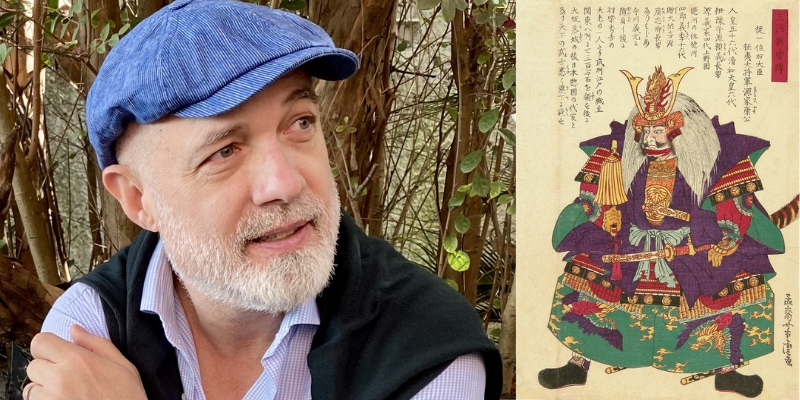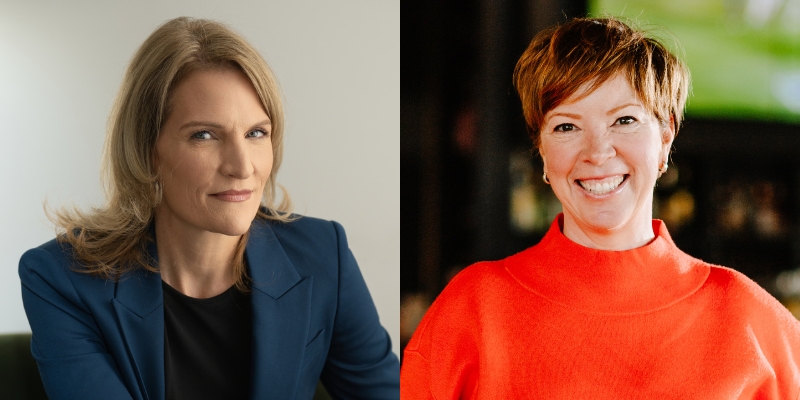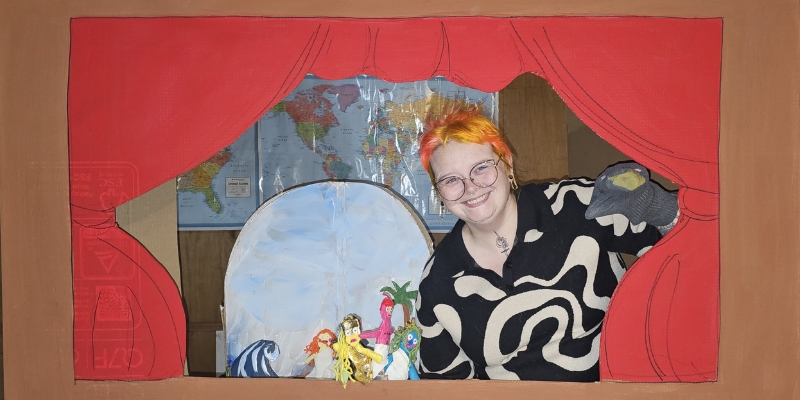On March 2, four jazz powerhouses gather for the Summit in Seattle—a first-ever performance together in this configuration, with no rehearsal or setlist! They come together, warm up, and then dive into an evening of collective improvisation, collaboration, and musical risk-taking. The event is the brainchild of Global Rhythms 2017-18 Co-Curator Daniel Atkinson, and represents a form of jazz he seldom sees represented in today’s musical landscape. Atkinson sat down for an interview with Town Hall’s copywriter, Alexander Eby, to discuss his vision.
AE: The Summit in Seattle is a pretty unusual event. What makes it so unique?
DA: The fact that it’s unusual is precisely why I put this event together. I envisioned the Summit as a way to get back to the true roots of jazz. The format goes back 100 years—a group of musicians at the top of their game with no setlist, listening to each other’s language and finding their own way to speak and respond to one another. It’s an arrangement that harkens back to the ritualistic traditions that define jazz as an art form.
AE: Can you tell me more about that?
DA: At its core, jazz is about musical risk-taking. Success is defined not by playing what’s written, but by taking those risks—by almost failing and then not. An artist becomes a conduit for the culture rather than a destination. They push themselves and their instrumental skills by understanding their relationship to the other artists. That’s why there’s no setlist. Jazz lives in the moment. Mistakes become opportunities to work out potentially new ideas. I want to give these guys a chance to express themselves and navigate that process together and ultimately have fun!
AE: Why put on a performance like this in Seattle?
DA: People in the Seattle jazz community want to promote equity. The Summit is my way of doing exactly that. I wanted to give these four master musicians of color a chance to collaborate with no restrictions and celebrate an art form with roots in West African and Afro-American music traditions.
AE: Is that what makes this concert a great fit for the Global Rhythms series?
DA: Exactly. The musical forms that define jazz, like syncopation and the blues scale, were introduced and popularized by Black artists in the early 1900’s. The context of jazz has changed over time to become more convenient for conspicuous consumption, but jazz began as a space for Black musical expression. It’s a style that (for a very short time) created spaces where a Black performer could be respected for the merit of their musical skill, not judged for their skin color.
AE: Could you give me an example of one of these spaces?
DA: Jam sessions are a prime example. In 1930’s New York, the jam session was an environment that tested a musician’s mettle. A Black musician could demonstrate his/her prowess, and if a White musician couldn’t answer the call, they would have to sit down and make way for someone who possibly could. Value was placed on the merit of musicianship—and bred a learning process. If you couldn’t match or surpass another musician’s skill one night, you went to the woodshed and came back when you felt ready to try again.
AE: And with four masters onstage at the Summit, improvising and adapting to one another is the name of the game.
DA: That’s right. There are two MacArthur Fellows in this group; they’re at the top of their game.
AE: These musicians come from a variety of backgrounds: jazz, hip-hop, R&B, soul. Do you think they’ll have trouble adapting to each other’s styles?
DA: You know, a lot of people have forgotten that those genres actually take their roots from the same place. Back in the early Jim Crow era, what we know as jazz was called “race music.” Eventually it was changed to “rhythm and blues” to make the music easier for White audiences to conspicuously consume, and finally became known as “rock and roll” when White artists took it over completely.
Jazz, gospel, blues, R&B, and hip-hop, are genres that retained certain elements of that progenitor—of “race music”—which were not transposed to rock and roll. The syncopation, the improvisation, the focus on self-expression and adapting to your fellow musicians instead of cutting and pasting ideas together in the spirit of improvisation to an audience that remains benevolently ignorant. This style has gone through so many identity changes that it’s no longer a Black art form, but ultimately the masters playing at the Summit do share a musical lineage—which begins first as a recognition of where it comes from and its uniquely Afro-American, cultural cache. That’s why it’s so important to me that Black musicians be given a space to express their mastery in an art form that is, at its roots, Black.
AE: Do you have any thoughts to prepare audiences for this show?
DA: This performance will be what it will be. Improvisation, risk—this is jazz at its core. As an audience member, you’re witnessing a space for four masters to collaborate and negotiate their process together in real time. It’s probably one of the only times you’re going to see anything like this—it’s an arrangement that just doesn’t happen very often anymore, as much as I wish it did. But I couldn’t bring the mountain down, so to speak, so I put together the Summit to bring the audience to the mountaintop.


